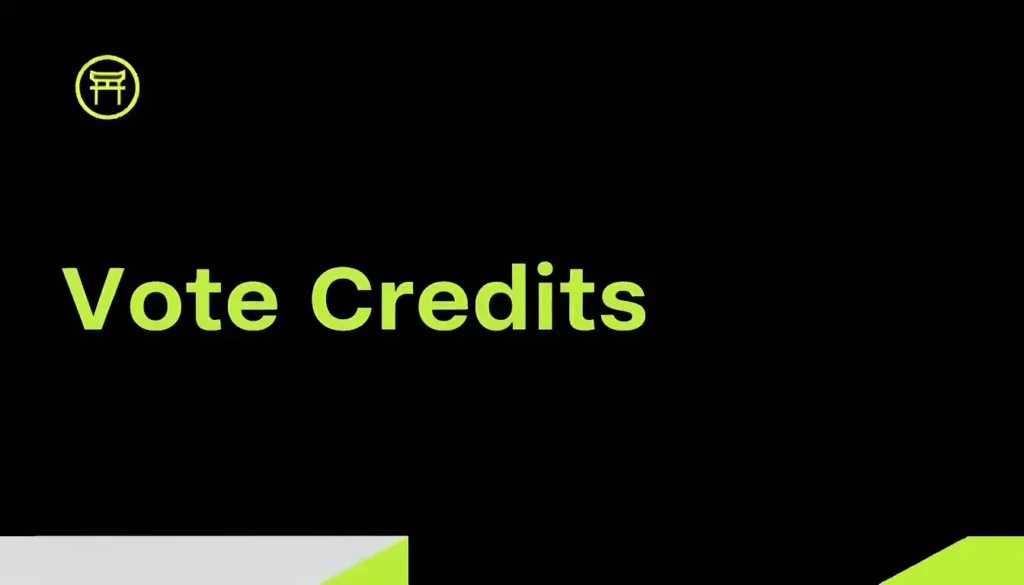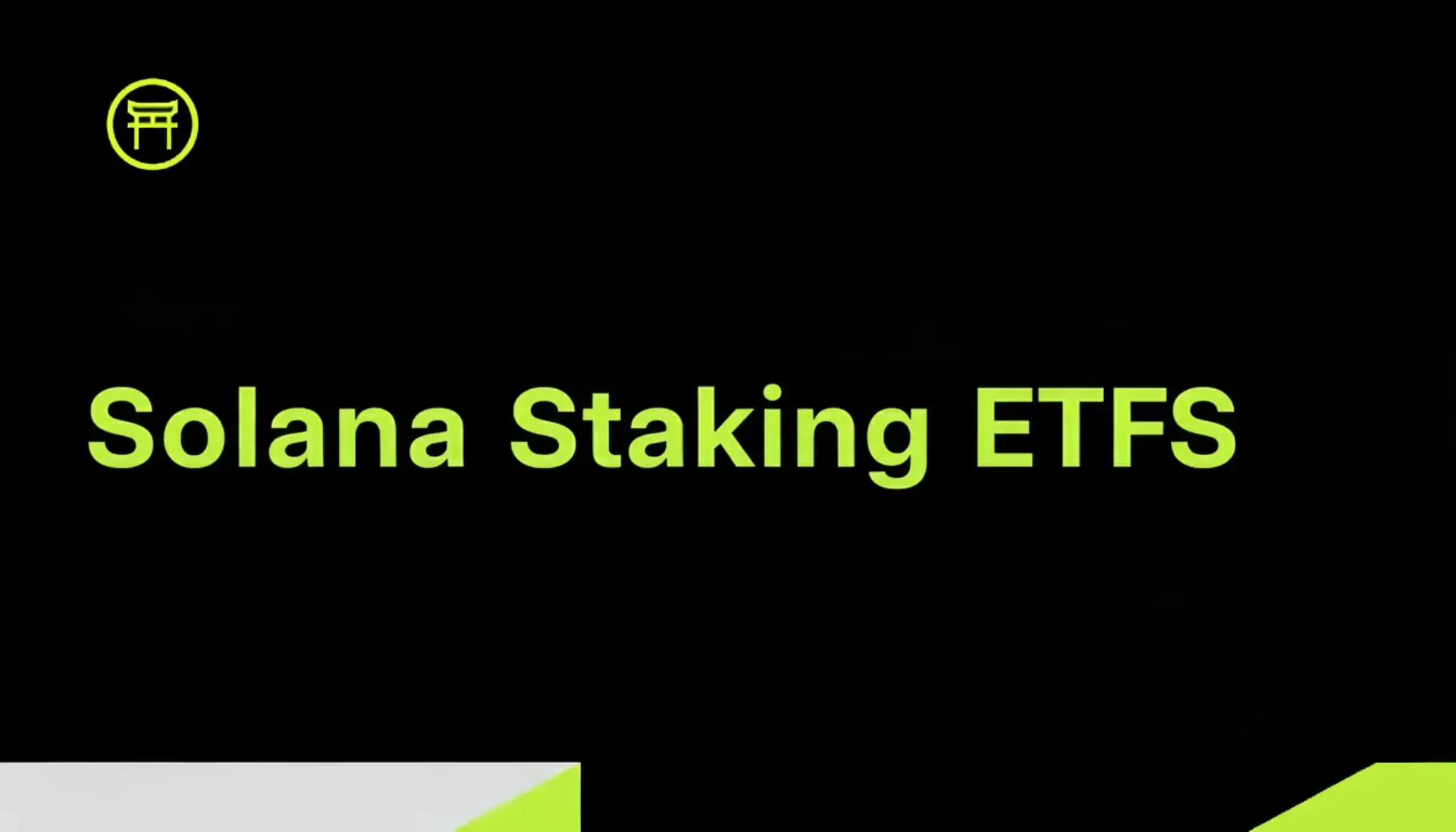Solana Vote Credits: A Technical Guide to Maximizing Staking Rewards: Explore how Solana’s vote credit system works, its impact on staking yields, and strategies to choose high-performing validators for optimal SOL rewards.
Understanding Solana’s Vote Credit System.
Solana’s blockchain operates on a high-speed Proof-of-Stake (PoS) consensus mechanism, where validators play a critical role in maintaining network integrity. In 2025, Solana’s vote credit system has been refined to incentivize validators for their efficiency, reliability, and decentralization efforts. This system directly impacts staking rewards, making it essential for both validators and stakers to understand how vote credits work.
How Solana’s Vote Credit System Works
Validators earn vote credits by participating in consensus, submitting cryptographic votes on block validity. The speed, consistency, and reliability of these votes influence the number of credits received, which directly correlates to staking rewards. The system operates based on three fundamental mechanics:
Latency Bonuses: Validators that submit votes faster than the network’s median response time earn additional credits. This rewards low-latency infrastructure setups, such as globally distributed, bare-metal servers optimized for high-speed networking.
Dynamic Weighting: Smaller validators—those holding less than 0.5% of the total staked SOL—receive a 10-15% vote credit boost. This measure helps counteract centralization by encouraging stake distribution across a broader validator set.
Uptime Multipliers: Validators maintaining at least 99% uptime receive compounded credits over time. This incentivizes continuous participation and discourages unreliable operators from degrading network performance.
For stakers, this vote credit system means delegation is more than just a set-and-forget process. Choosing a validator with high vote credit efficiency can significantly impact staking yields.
Strategies to Maximize Staking Yields
1. Prioritize Low-Latency Validators
Validators with optimized infrastructure near Solana’s core RPC clusters—such as those located in North America and Europe—consistently perform better in vote submissions. These validators minimize network lag, increasing their vote credits and thus, their staking rewards. Tools like Solana Compass provide real-time benchmarks for validator latency and uptime, making it easier for stakers to choose high-performance operators.
2. Leverage Liquid Staking for Flexibility
Liquid staking solutions, like those offered by Sanctum, allow SOL holders to stake while maintaining liquidity. By minting liquid staking tokens (LSTs), users can continue participating in DeFi activities without unbonding their SOL. This strategy not only maximizes capital efficiency but also allows for dynamic reallocation of stake in response to validator performance fluctuations.
3. Regularly Monitor Validator Performance
Keeping an eye on validator metrics ensures stakers maintain optimal rewards. Important performance indicators include:
Uptime: Consistently above 99.9% to ensure vote participation.
Fee Structures: Reasonable commission rates, typically ranging from 0-5%.
Infrastructure Quality: Preference for bare-metal servers over cloud-based alternatives to reduce latency.
Validators such as Stronghold Validator (strongholdsol.com) offer real-time performance transparency, allowing stakers to make informed delegation decisions.
Choosing a Validator: A Balanced Approach
The ideal validator selection process balances performance, decentralization, and liquidity. Key factors to consider include:
Transparency: Platforms like Solana Compass and Stake Wiz provide independent analytics on validator performance and profitability.
Decentralization Contribution: Delegating to smaller validators strengthens Solana’s resilience by distributing stake more evenly across the network.
Liquidity Options: Validators integrated with liquid staking ecosystems (e.g., Sanctum) provide more flexibility in asset management.
By assessing these factors holistically, stakers can maximize their rewards while reinforcing the security and decentralization of the Solana network.
FAQ: Solana Vote Credits & Staking
Q: How do vote credits influence my staking rewards?
A: Validators with a 20% higher vote credit efficiency than their peers can yield approximately 15% more staking rewards. Choosing a high-credit validator significantly enhances APY.
Q: Are liquid staking tokens (LSTs) safe?
A: Yes. Protocols like Sanctum operate with audited smart contracts, ensuring LSTs remain 1:1 collateralized with staked SOL.
Q: What tools can I use to track validator performance?
A: The best tracking tools include:
Solana Compass and Stake Wiz for real-time validator latency and uptime metrics.
Helius’s blog for insights into validator trends and ecosystem developments.
Conclusion: Aligning Staking with Network Health
Solana’s 2025 vote credit system strengthens the link between validator performance and staking rewards, incentivizing efficiency, decentralization, and reliability. Stakers who delegate to well-optimized validators—those with low latency and high uptime—can maximize their yields while supporting the long-term resilience of the network.
By utilizing tracking tools like Solana Compass, leveraging liquid staking with Sanctum, and choosing transparent validators such as Stronghold Validator, users can make informed staking decisions that align both with personal yield optimization and network decentralization goals.
Ready to Optimize Your Staking Rewards?
Compare validators: Solana Compass
Explore liquid staking: Sanctum
Delegate SOL: Stronghold Validator







